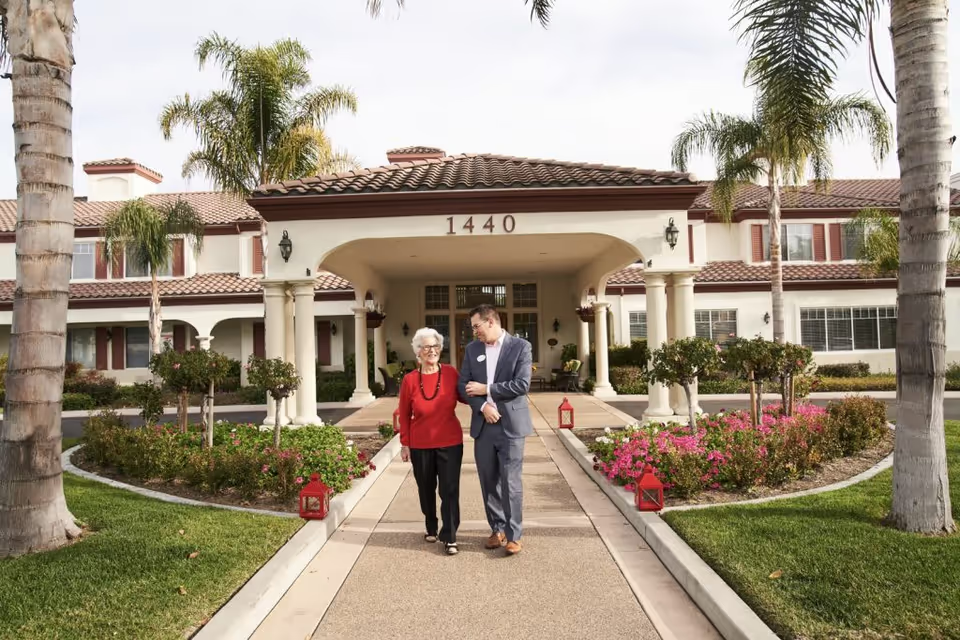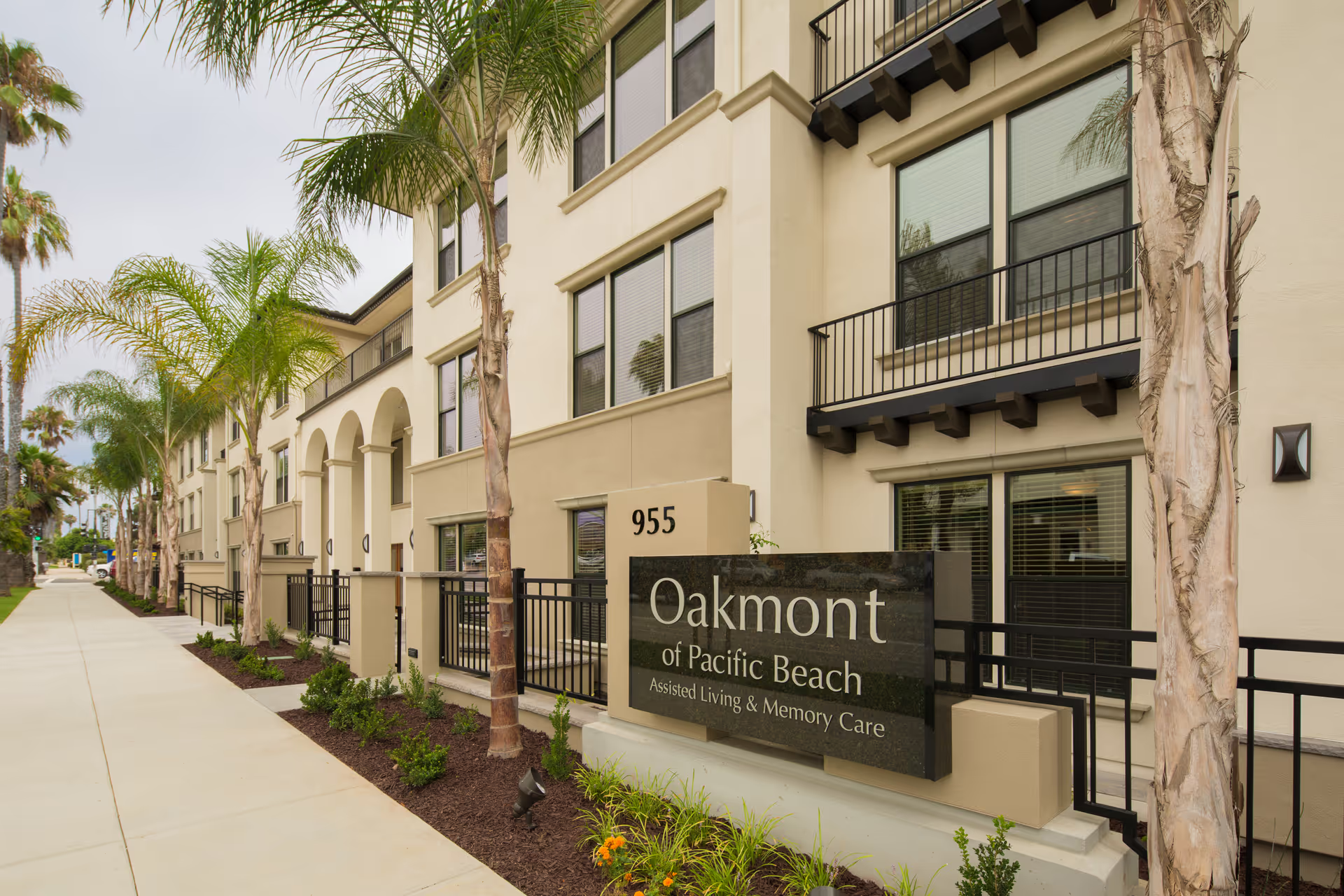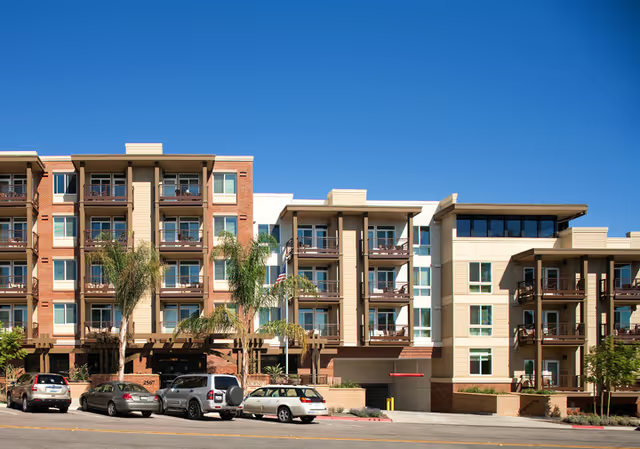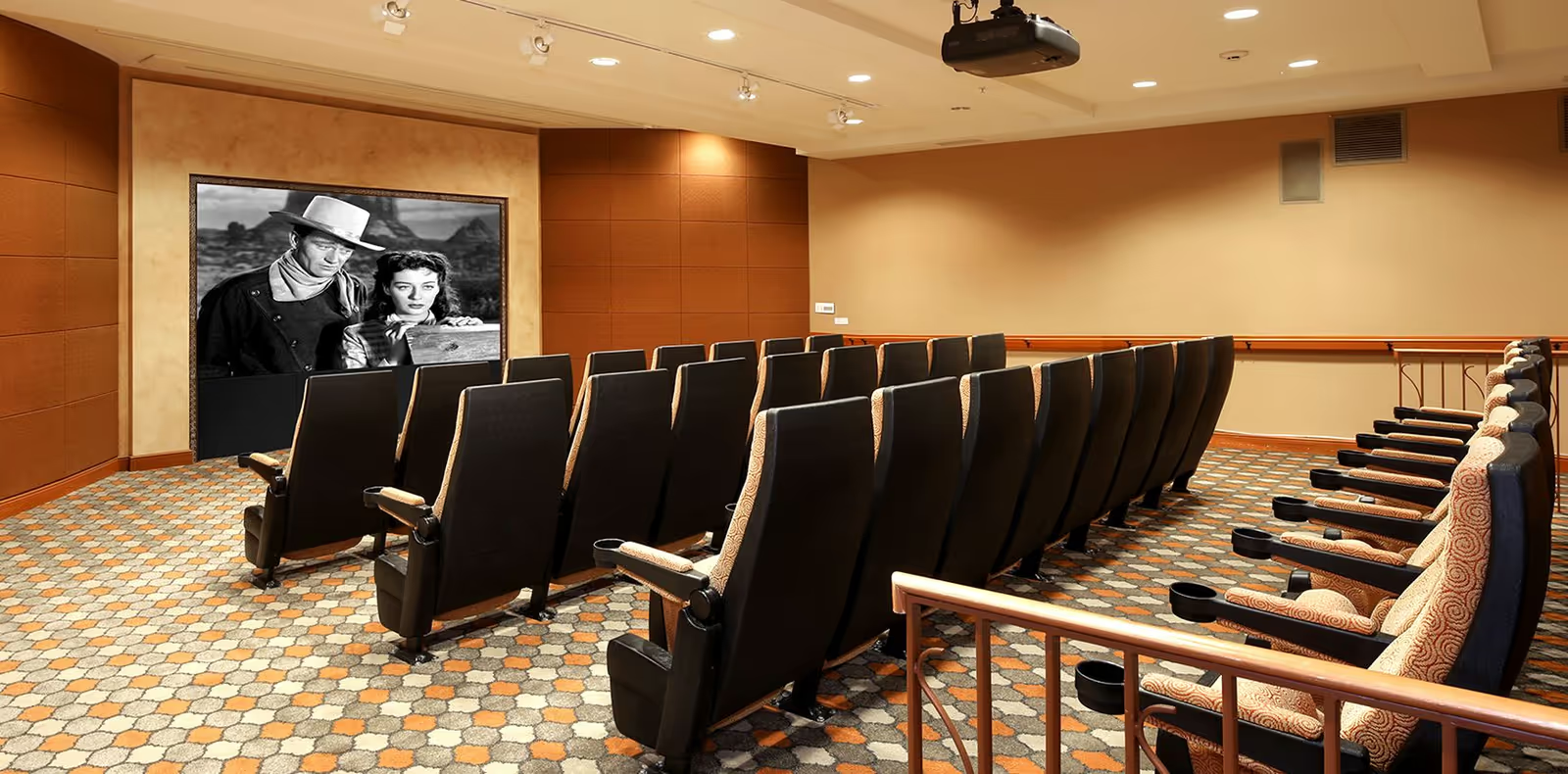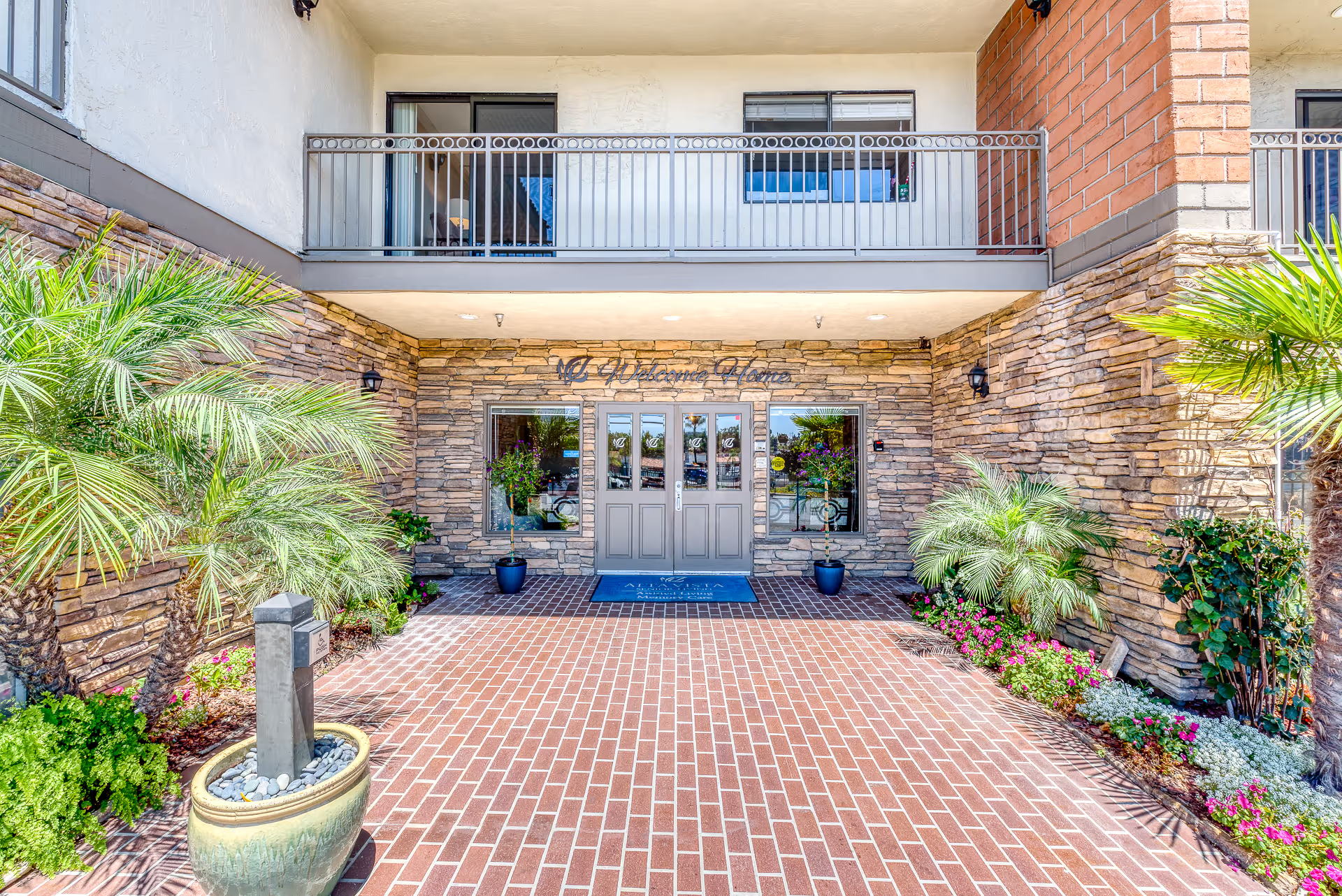Overall sentiment across the reviews is mixed but consistent in two key areas: rehabilitation therapy is frequently praised and produces measurable improvements, while clinical operations, hospitality services, and facility upkeep show substantial variability and recurring problems. Many families and residents emphasize that therapists are skilled, attentive, and effective. Multiple reports cite daily therapy, progress in mobility and self-care (standing, walking, using fork), and therapists who communicate well about goals and progress. Where therapy is strong, reviewers felt it was the primary reason for improvement and were often satisfied enough to recommend the facility based on rehab outcomes alone.
Care and staffing present a bifurcated picture. Numerous reviewers call out individual nurses, CNAs, and certain therapists as compassionate, professional, and hardworking. Several comments describe nurses who are knowledgeable, attentive, and timely with medications. At the same time, a large number of reviews report slow response times to call buttons (especially at night and during shift changes), inconsistent coverage, understaffing, an overreliance on CNAs with fewer RNs/LVNs on duty, and occasional unprofessional or underqualified nighttime staff. This staffing inconsistency leads directly to long hold times for assistance, late or missed bathroom help, delays in medication administration, and family frustration. There are repeated mentions that staff often "mean well" but are overwhelmed, contributing to missed tasks and inconsistent bedside interpersonal skills.
Communication and care coordination are among the most frequently cited problems. Families repeatedly report not being informed promptly about changes in condition, medication changes made without discussion, delayed physician contact, and failure to relay therapist concerns to doctors. Several reviews document medication mishandling: delays in sending prescriptions to the pharmacy, incorrect doses administered, and a few instances where the doctor was not contacted for important clinical changes. These communication breakdowns are not isolated: they are described across nursing, physician, and therapy interactions and have led in some cases to emergency rehospitalization and, in the most severe report, a patient death. Discharge planning and transitions also drew criticism for being disorganized and poorly communicated.
Food, dining, and dietary accommodations are frequent pain points. While some residents praised variety and enjoyed meals, a large share of reviews describe bland or poor-tasting food, meals served cold, and repetitive or inappropriate menu choices for special diets (vegan, constrained diets). Specific examples include vegan meals consisting of white pasta, Jell-O, or doughnuts and repeated serving of prohibited items like pork despite restrictions. Family suggestions for integrative nutrition, fresher produce, and a vegetable garden reflect a desire for higher-quality, fresher, and more dietitian-led meal planning. Meal logistics are also problematic at times: wrong meals delivered, missed tray pickups, and food served covered or late.
Cleanliness, infection control, and facility maintenance show mixed results with some serious red flags. Many reviewers praise overall cleanliness, housekeeping responsiveness, and kept-up grounds; others report problematic hygiene such as roaches, dead flies in window seals, stained floors, grimy bathroom baseboards, spilled medication not cleaned up, and infrequent mopping. Several mentions of odor — sometimes masked with overpowering perfume in the lobby — and reports of poor bathroom cleanliness or clogged toilets increase concern. The most alarming clinical hygiene report is an instance of a resident contracting MRSA with subsequent claims that the facility failed to respond adequately to the changing condition. These inconsistent accounts indicate that while housekeeping can be good in some units, there are lapses significant enough to create infection and safety risks.
Facility condition and amenities are described as aging and in need of renovation by many reviewers. Complaints include old rooms, dated furniture and lighting, limited or no in-room showers, small cramped rooms, and occasional maintenance issues like delayed bed upgrades or broken items. However, several reviewers note attractive grounds, a nice entrance, and pleasant courtyards. COVID-era restrictions on communal dining and activities are cited in some accounts, limiting social engagement and contributing to a sterile, hospital-like atmosphere in dining and common areas.
Safety and resident experience concerns include roommate disturbances (loud, yelling roommates), insufficient privacy or space, limited bathing/showering schedules (sometimes two showers per week), and late-night or poorly scheduled therapy that can be disruptive. There are many reports of bedside staff forgetting requests, slow follow-up after apologies, and items left undone despite assurances — signs of inconsistent task completion and supervision. On the positive side, numerous relatives emphasize that staff treated patients with dignity and compassion even under crowded conditions, and some patients reported being happy and satisfied with care.
Management and leadership issues are implied throughout the reviews. Recurrent themes of poor communication, inconsistent staffing, medication administration problems, and maintenance delays suggest systemic operational challenges. Positive notes about readily accessible doctors in some reports contrast with other reports of "no doctor onsite" and delayed physician follow-up. The facility appears to have pockets of excellence quickly offset by lapses in coordination, and reviewers recommend clearer processes for medication management, better staffing ratios (especially more RNs/LVNs), stronger infection-control vigilance, and improved family communication and discharge planning.
In conclusion, Carmel Mountain Rehabilitation And Healthcare Center demonstrates strong rehabilitation capability and many caring staff members who achieve notable functional improvements for patients. However, persistent issues around staffing levels and patterns, communication breakdowns, food quality and dietary accommodation, cleanliness/infection control irregularities, and aging physical plant diminish overall reliability and family confidence. Prospective residents and families should weigh the facility's strong therapy program and compassionate staff against the variability in clinical operations and hospitality services, and should proactively discuss medication management, dietary needs, room placement, infection control practices, and communication protocols with facility leadership before admission. Management attention to staffing consistency, timely clinical communication, meal quality, and targeted maintenance/cleaning improvements could substantially raise overall satisfaction and safety.


